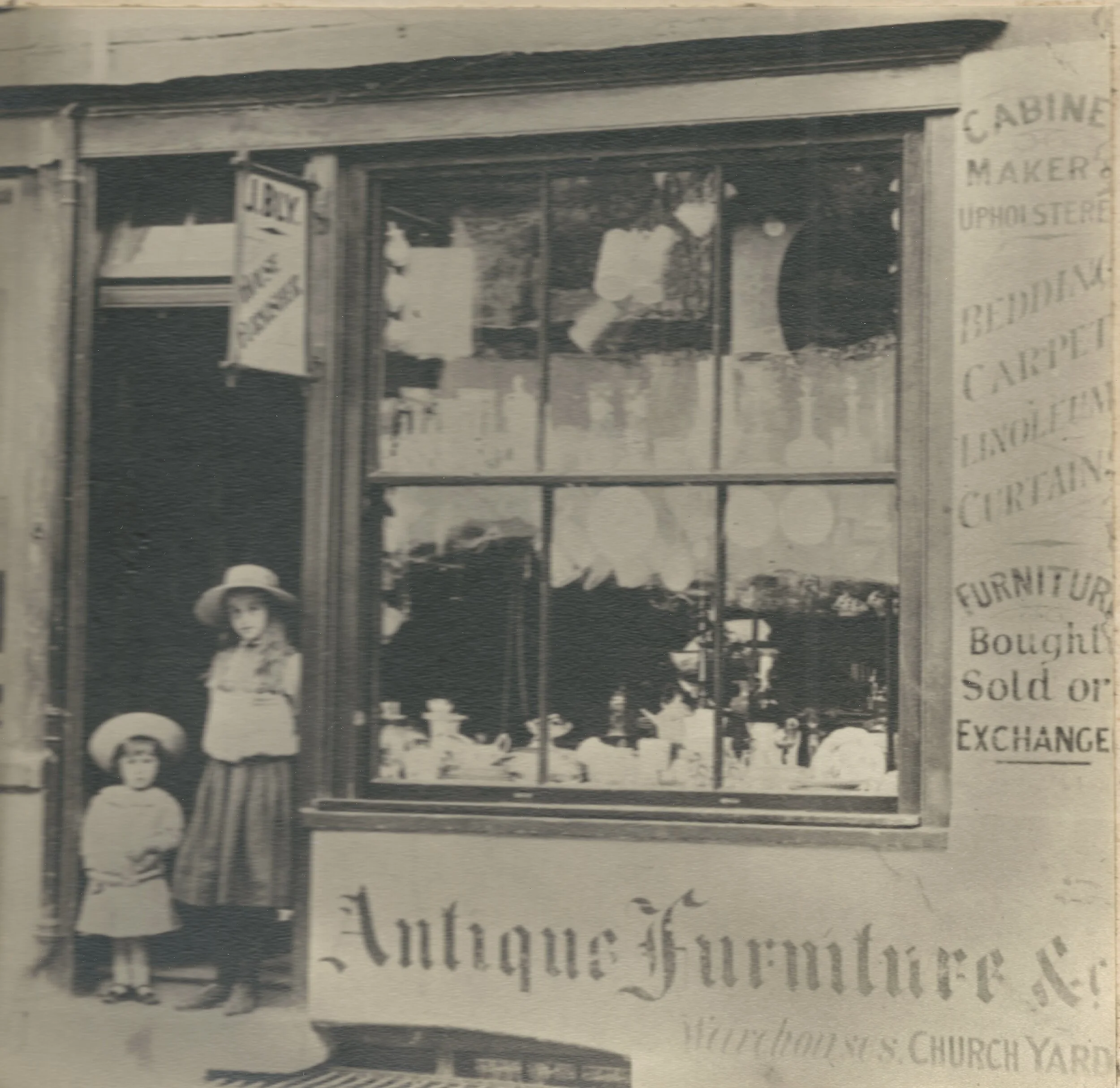During the Second World War my grandmother, Nina Bly, coped with living next door to her mother-in-law Lettie Bly, supplying her with one meal a day and helping to run the much-reduced antique shop in Tring High Street.
One of my grandmother's great friends was Mrs Brenda Kew who had no such restrictions on her lifestyle and was a constant breath of fresh air.
On VE Day dad witnessed Mrs Kew push through the crowded high street towards the shop and, out of sight of Lettie, grab my grandmother by the hand and pull her across to the Rose and Crown Hotel opposite the shop for a celebratory libation. My grandmother had never been in a public bar but suddenly there she was. All worries forgotten. For the moment at least. But it was not long before Lettie Bly noticed her absence and was soon told where she was. Dear, faithful and sympathetic Jack Waring, who looked after the workshops, was summoned and ordered to go and retrieve Nina from that den of iniquity, immediately, lest the demon drink and the fires of Hell should delay my great grandmother's next meal! And so Jack did as he was told, and came back across the road with a none-too-happy Nina. But she had at last seen the inside of a bar, and it was a long while before she saw another one. Dad tells me she took it all in her stride and sat with Lettie and him in the shop just chatting and watching the people outside having much fun. What a generation and what a lady!







